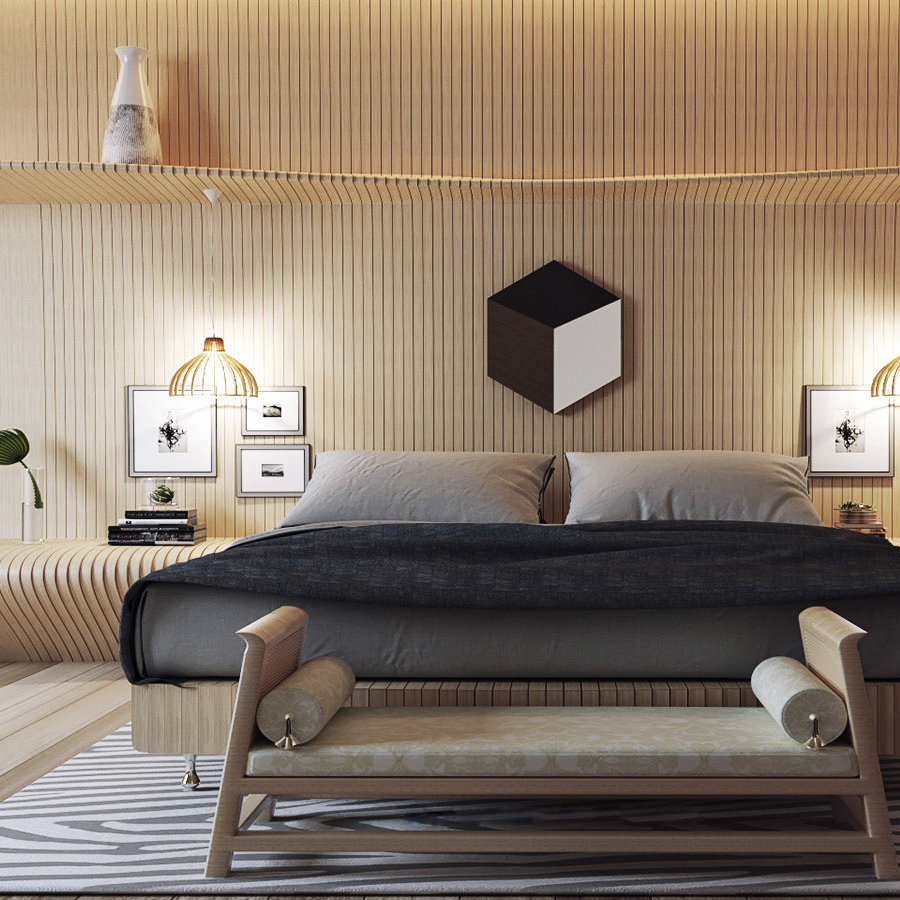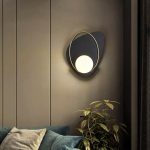
Melting Bronze: The Art of Crafting Durable and Beautiful Castings
Introduction
Bronze has been used for centuries as a versatile and durable material for sculptures, jewelry, and other decorative objects. Melting bronze is an art that requires skill, precision, and patience. In this article, we will explore the process of melting bronze and how it is used to create exquisite and long-lasting castings.
The History of Bronze
Bronze is an alloy made up of copper, tin, and other metals. It was first used by ancient civilizations, including the Egyptians, Greeks, and Romans, to create weapons, armor, and other objects. The use of bronze for art objects emerged later in history, with the famous bronze sculptures by artists such as Donatello, Michelangelo, and Rodin. Today, bronze remains a popular choice for artists and craftsmen due to its aesthetic qualities and durability.
The Process of Melting Bronze
Melting bronze requires a high-temperature furnace, specialized tools, and experienced craftsmen. The process involves melting the bronze at temperatures exceeding 2,000 degrees Fahrenheit and pouring it into molds where it cools and solidifies. The molds used can range from simple shapes to complex designs, depending on the desired outcome. The cooling process is carefully monitored to ensure that the casting is of the highest quality.
Casting Techniques
There are several casting techniques used in melting bronze. The most common is sand casting, which uses sand molds to create the desired shape. Another technique is lost-wax casting, which involves creating a wax model of the object and casting it in the bronze. This technique allows for fine details and intricate designs.
The Importance of Quality Control
Quality control is critical in the melting bronze process. Any flaws or defects in the casting can affect its durability and aesthetic appeal. Craftsmen use a variety of techniques to ensure that the casting is of high quality, such as x-ray analysis and visual inspections. Proper quality control measures ensure that the final product is of the highest quality and meets the client’s expectations.
Uses of Bronze Castings
Bronze castings have a wide range of uses, ranging from decorative arts to functional objects. They are commonly used in sculptures, jewelry, and architectural features. Bronze is also a popular material for plaques and monuments, as it is weather-resistant and can withstand the elements.
Advantages of Bronze Castings
Bronze castings have several advantages over other materials. They are strong and durable, able to withstand the effects of time and the elements. They also have a unique aesthetic appeal, with a warm and inviting color that complements any environment. Bronze castings are also versatile and can be used in a variety of applications, from small decorative objects to large-scale sculptures and architectural features.




